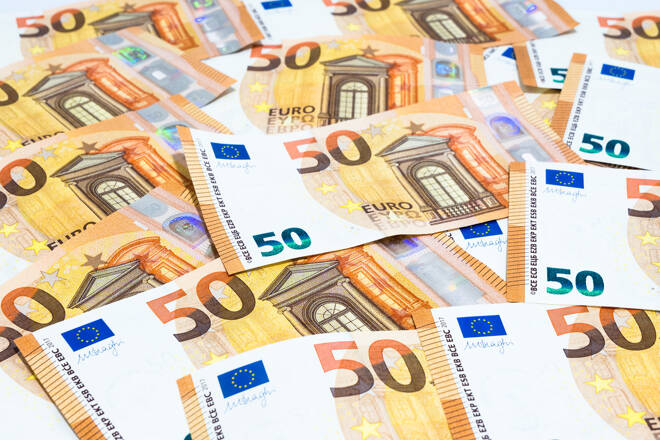Advertisement
Advertisement
German Inflation Delivers EUR Support Ahead of U.S GDP and Jobless Claim Figures
By:
The German economy was back in focus, with unemployment figures weighing on the EUR ahead of prelim inflation figures for April.
It’s been a busy day on the Eurozone economic calendar. Following a relatively busy Asian economic calendar, the German economy was back in the spotlight.
From Germany, unemployment and inflation figures were key stats ahead of economic data from the U.S.
German Unemployment
In April, unemployment increased by 9k, reversing a 6k decline from March. Economists had forecast a 10k decline.
While unemployment rose in the month, the unemployment rate held steady at 6.0%.
German Inflation
In April, consumer prices rose by 0.7% month-on-month, according to prelim figures. In March, consumer prices had risen by 0.5%.
According to Destatis,
- The annual rate of inflation ticked up from 1.7% to 2.0%.
- Prices for goods increased by 2.6% compared with the same month a year earlier.
- Energy prices were up by 7.9%, with food prices up by 1.6%.
- Prices for services were up by 1.6%.
Market Impact
Through the release of the German unemployment figures earlier in the day, the EUR fell to a post-stat low and a current day low $1.21113 before finding support.
In response to the German inflation figures, the EUR rose to a post-stat high $1.21340 before easing back.
Ahead of the stats, the EUR had struck a pre-stat and a current day high 1.21500 before hitting reverse.
At the time of writing, the EUR was up by 0.03% to $1.21300.
Next Up
1st quarter GDP and weekly jobless claim figures from the U.S…
About the Author
Bob Masonauthor
With over 28 years of experience in the financial industry, Bob has worked with various global rating agencies and multinational banks. Currently he is covering currencies, commodities, alternative asset classes and global equities, focusing mostly on European and Asian markets.
Advertisement
